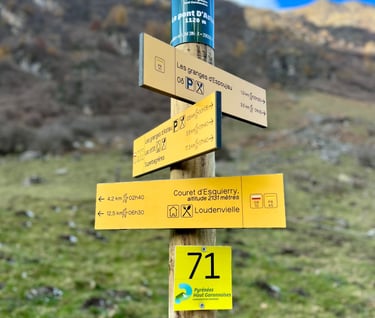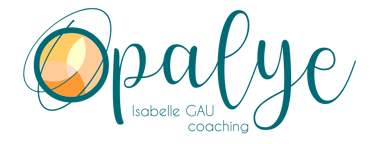Teal companies and Decision Making
9/12/20232 min read


How to transform the corporate culture to make the most of organizations? This is what Frédéric Laloux explores in "Reinventing Organizations". Teal organizations, presented as the pioneers of tomorrow's businesses, invite us to operate in a less rigid and more organic manner. These examples are inspiring for pushing the boundaries within our companies.
In this article, I propose that we address the topic of decision-making.
Common Model: Important decisions are made at the top of the hierarchy. Every decision must be approved by a higher-up. On paper, it's the leader who is supposed to have an overview and who is best equipped to consider the impacts of their decision. In reality, the further removed the manager is from the field, the less they understand its functioning, constraints, and adaptability. Furthermore, they cannot possibly be experts in all areas to make an informed decision.
Teal Model: Decentralized decision-making. These principles can take various forms, two of which are outlined here.
The Holacracy model: Group decisions based on a proposal put forth by an actor. A multi-step process clarifies the proposal, allows everyone to express their opinions, raise objections, and adjust the proposal to address them (without altering its initial "spirit").
The advice process: Anyone is empowered to make any decision if they have sought the opinions of those affected by the decision and subject matter experts beforehand.
This is not about reaching a soft consensus but, on the contrary, about structurally and informedly constructing a solution that works for the company and its stakeholders. Each company defines its own routines tailored to its corporate culture and configuration. The size of the company and its type of activity can be determining factors in defining these routines.
👉How is the decision-making in the teal model beneficial for the company?
Proximity to the subject allows for better decisions.
It facilitates information sharing that enriches the involved parties.
It fosters a sense of belonging through cross-silo exchanges.
It cultivates humility in everyone (acknowledging the need for others), strengthening bonds.
It reinforces teamwork and collaboration, akin to a sports team.
It stimulates initiative and creativity.
👉What could prevent us from implementing this?
Lack of leadership buy-in. This system assumes that leaders can put aside their decision-making power. They must be convinced of the effectiveness of this model and be willing to step back.
It challenges established ways of working part of the company culture and collective unconscious. Individuals may not be ready to move away from the established model, which implies breaking free from a dependence on decision-makers (which can be seen as comfortable).
This system could lengthen decision-making in emergency situations.
👉How can these difficulties be overcome?
Be a leader who embodies these ways of working. Beyond personal conviction that this system can be effective for the company, leaders can draw inspiration from the experiences of pioneering companies and develop their own path in line with their values.
The company should be committed to investing in personal development to help individuals break free from dependence and take control of their choices, listening to their needs and being open to others.
Establish clear routines that frame decision-making, in a structured and reassuring manner.
Allow for autocratic decision-making in case of necessity, provided that the framework is defined (for a specific issue and within a time limit).
The development of organizations is a journey. Everyone has their own path to bring their aspirations and ambitions to life.
And you? How do you envision your company for the future?


